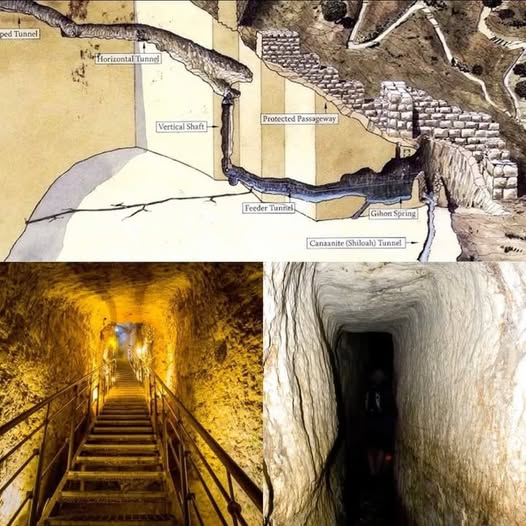
Hey there, history buffs and adventure seekers! fellow history nerds and adventure junkies! Let’s talk about a mind-blowing piece of ancient engineering that’ll make you want to book a trip to Jerusalem ASAP: Hezekiah’s Tunnel, aka the Siloam Tunnel. Imagine it’s around 701–681 BC, and King Hezekiah’s got the Assyrian army knocking on Jerusalem’s door, ready to lay siege. Water’s the key to survival, but the city’s main source, the Gihon Spring, is outside the walls—total sitting duck. So, Hezekiah hatches a plan that sounds like it’s ripped from an action movie: dig a secret tunnel to bring that water safely inside. And get this—it’s 533 meters (over 1,700 feet!) of pure rock, carved out with nothing but hand tools. No drills, no dynamite, just sweat, picks, and some serious brainpower.
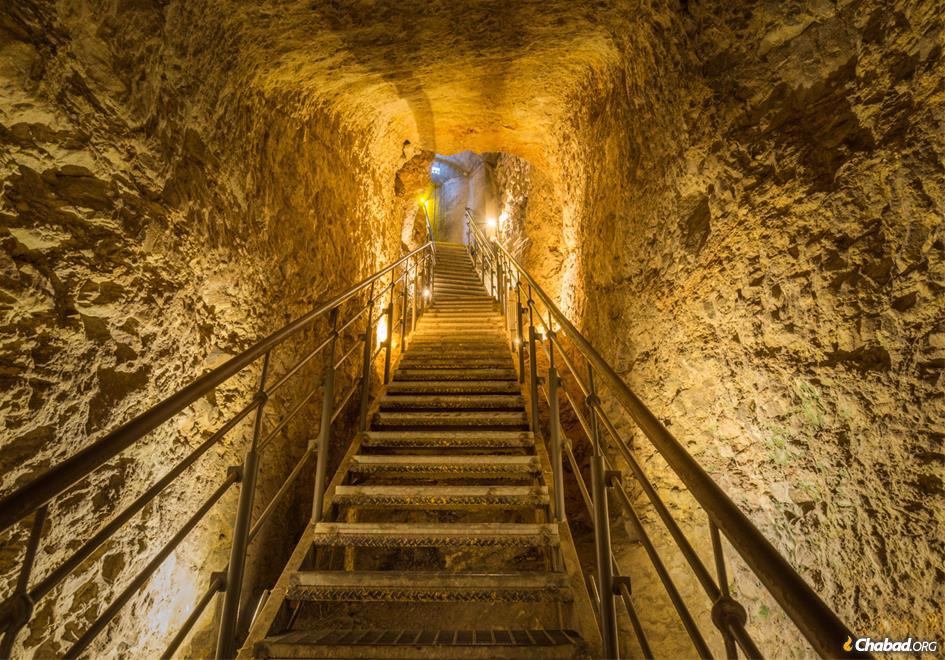
This tunnel was a lifeline, channeling water from the Gihon Spring to the Pool of Siloam, tucked securely within Jerusalem’s walls. The craziest part? They dug it from both ends and met in the middle with ninja-like precision. I’m talking two teams chiseling through solid rock, in near-darkness, with zero modern tech, and somehow they nail the connection. How did they even do that? It’s like solving a puzzle blindfolded, underground, with the fate of a city on the line. Absolute legend move.
Walking through the tunnel today is like stepping into a time warp. It’s not some neat, straight hallway—it’s a twisty, turny beast, weaving through the rock like it’s got a mind of its own. Some spots are so tight you’re practically hugging the walls, while others open up just enough to keep you guessing. The water’s still flowing, cool and shallow, lapping at your ankles or knees as you shuffle along. You’re literally wading through history, touching the same stone walls that workers carved 2,700 years ago. It’s the kind of thing that gives you chills.
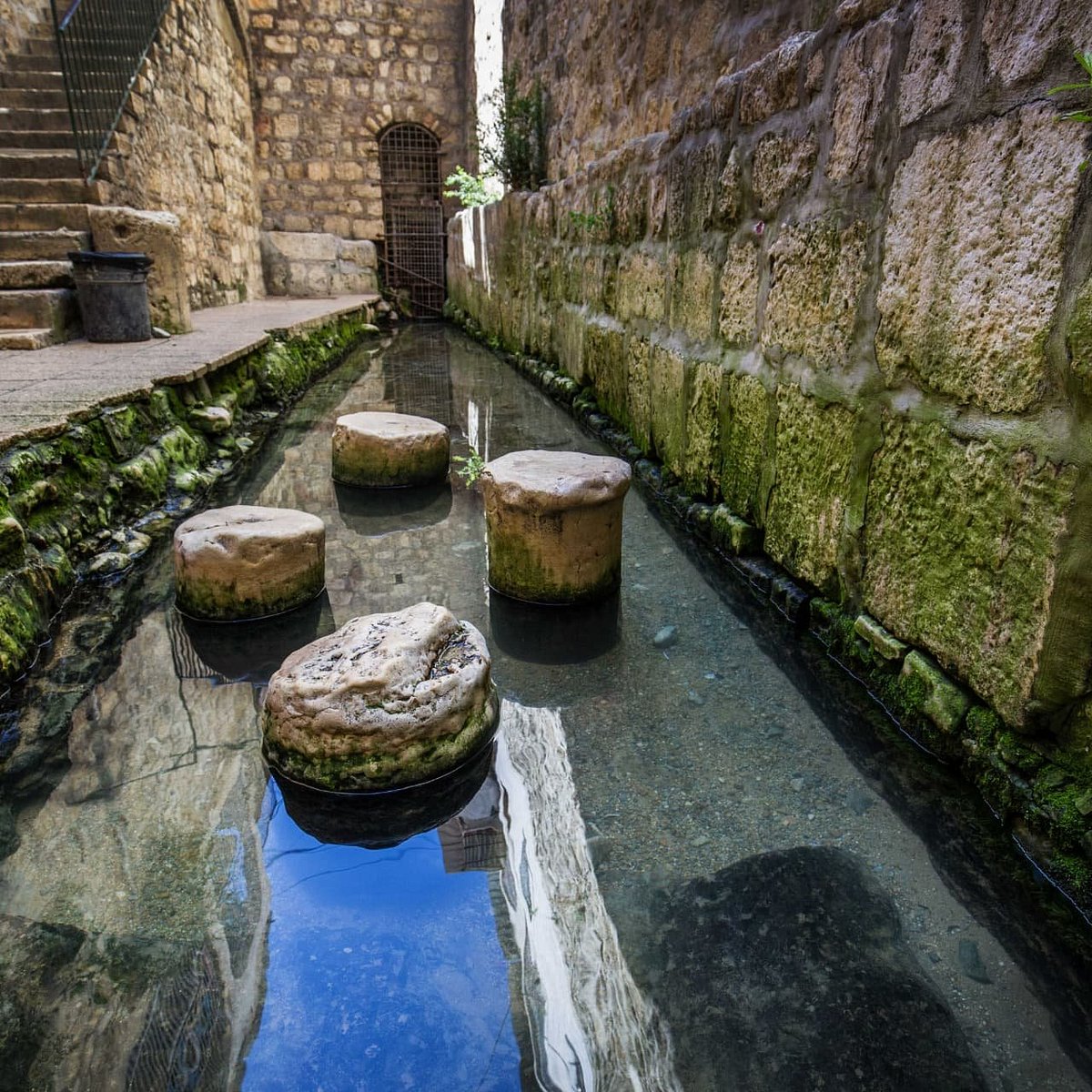
And then there’s the Siloam Inscription—oh man, this is the good stuff. It’s a stone tablet found right in the tunnel, spilling all the details about the moment the two digging teams met. You can almost hear the cheers as their picks broke through, the rock crumbling away to connect the tunnel. It’s like reading a victory post from 2,700 years ago, etched by the workers themselves. The inscription’s in a museum now, but just knowing it came from the tunnel makes it feel like you’re in on the secret.
Exploring Hezekiah’s Tunnel is one of those bucket-list experiences that hits you on every level. It’s humbling to think about the sheer determination it took to pull this off with basic tools. It’s thrilling to slosh through the same path that saved a city. And yeah, maybe it’s a little spiritual too, like you’re connecting with the people who defied the odds to keep their home safe. So, if you’re ever in Jerusalem, grab a flashlight, roll up your jeans, and dive into this ancient wonder. It’s not just a tunnel—it’s a story of guts, smarts, and straight-up human awesomeness.
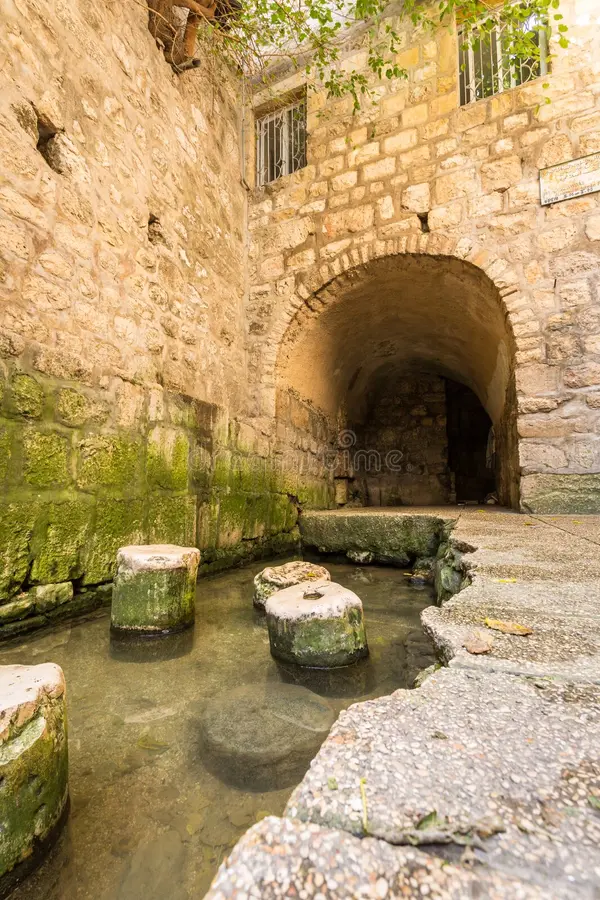
Hezekiah’s Tunnel: A Journey Through Ancient Grit and Genius
Tucked beneath Jerusalem’s ancient streets lies Hezekiah’s Tunnel, a 2,700-year-old masterpiece that’ll leave you speechless. Built around 701–681 BC under King Hezekiah’s orders, this 533-meter (1,749-foot) tunnel was a desperate bid to keep Jerusalem’s water supply safe from an impending Assyrian siege. The Gihon Spring, the city’s lifeline, sat vulnerably outside the walls, so Hezekiah’s crew carved a hidden passage to funnel that water to the Pool of Siloam inside the city. And they did it with nothing but hand tools—picks, shovels, and sheer willpower.
What blows my mind is how they pulled it off. Two teams started digging from opposite ends, hacking through solid rock, and somehow met in the middle with near-perfect alignment. No lasers, no blueprints, just ancient know-how and maybe a sprinkle of divine luck. The tunnel’s not a straight shot either—it twists and turns, sometimes so narrow you’d have to sidestep through. It’s like the rock itself told them where to go, and they listened.
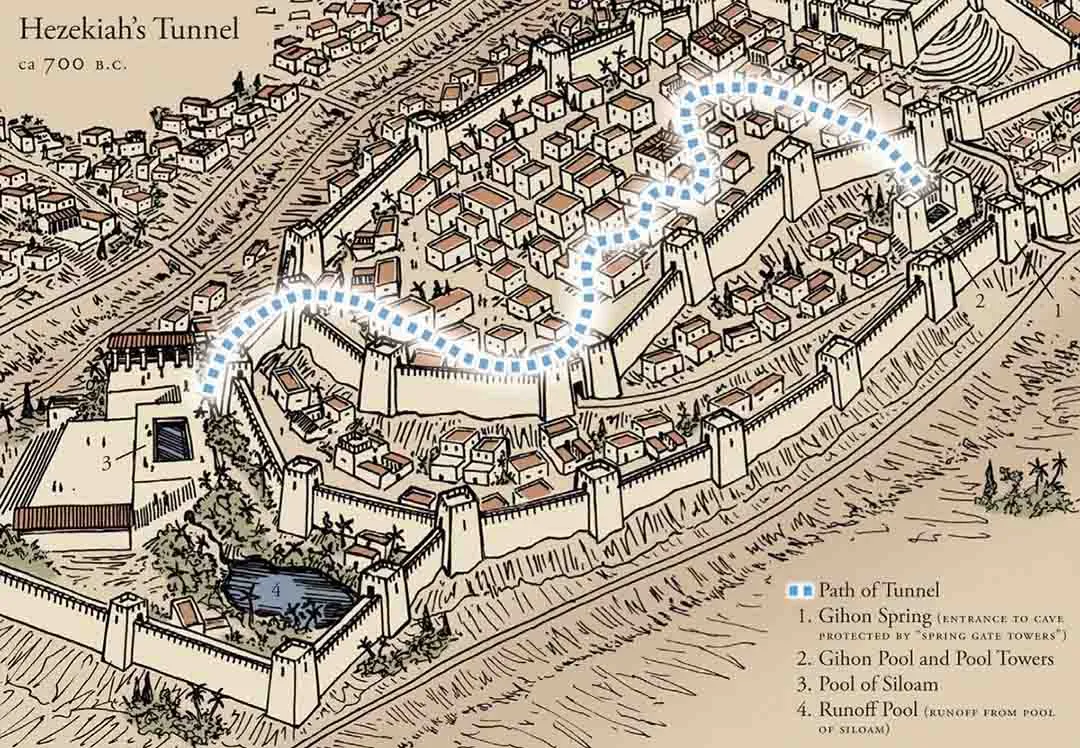
The Siloam Inscription, found etched into the tunnel’s wall, is like a time capsule. It describes the heart-pounding moment when the teams heard each other’s picks and finally broke through, linking the tunnel after months of backbreaking work. That slab of stone, now in a museum, feels like a high-five from history.

Today, you can wade through the tunnel’s chilly, shallow waters, tracing the path those ancient workers carved. It’s a wild mix of adventure and reverence—feeling the rough walls, imagining the sweat and hope that went into every swing of the pick. If you’re in Jerusalem, this is a must-do. Hezekiah’s Tunnel isn’t just an engineering feat; it’s a reminder that humans can do incredible things, even when the odds are stacked against them.


